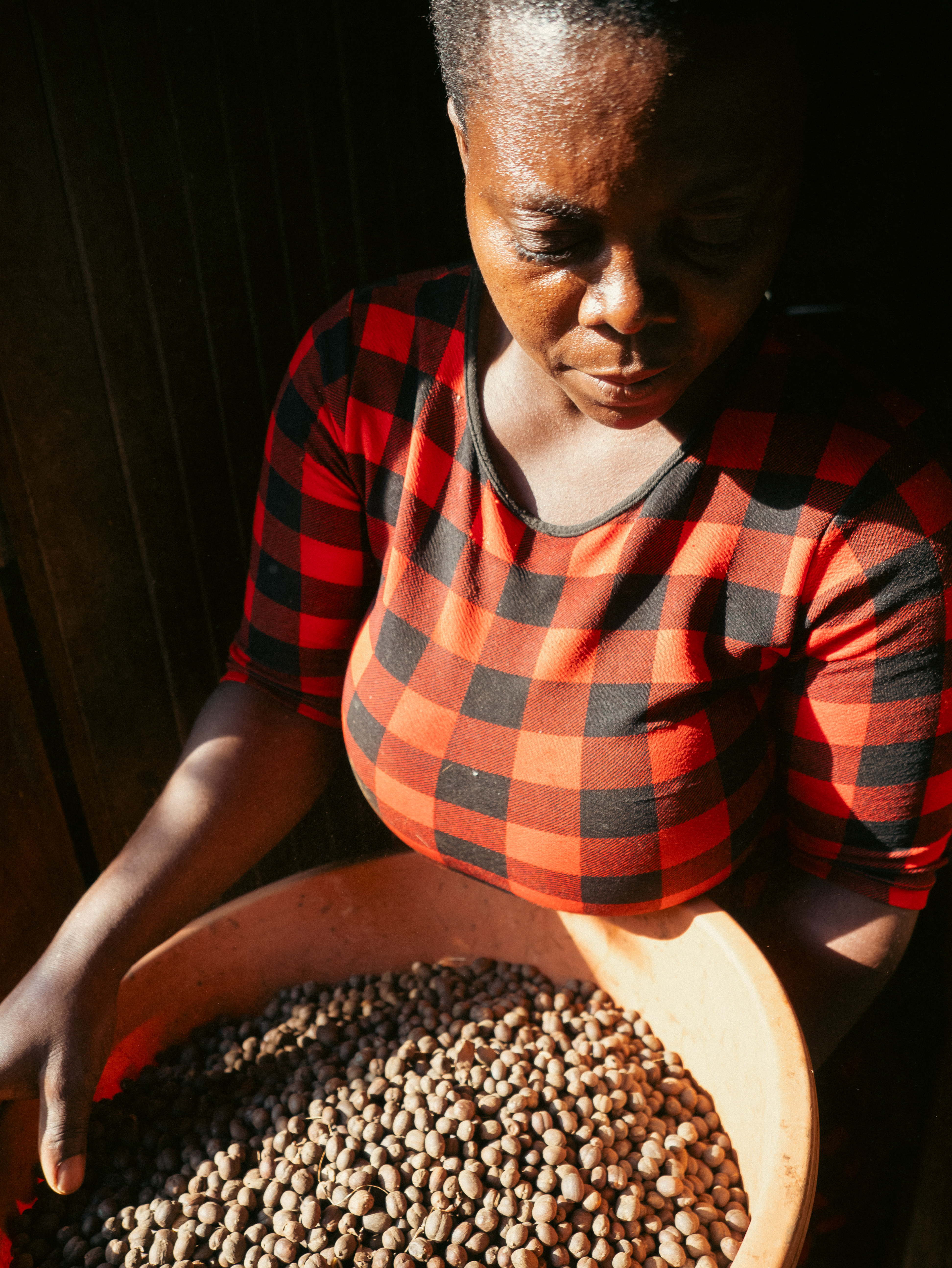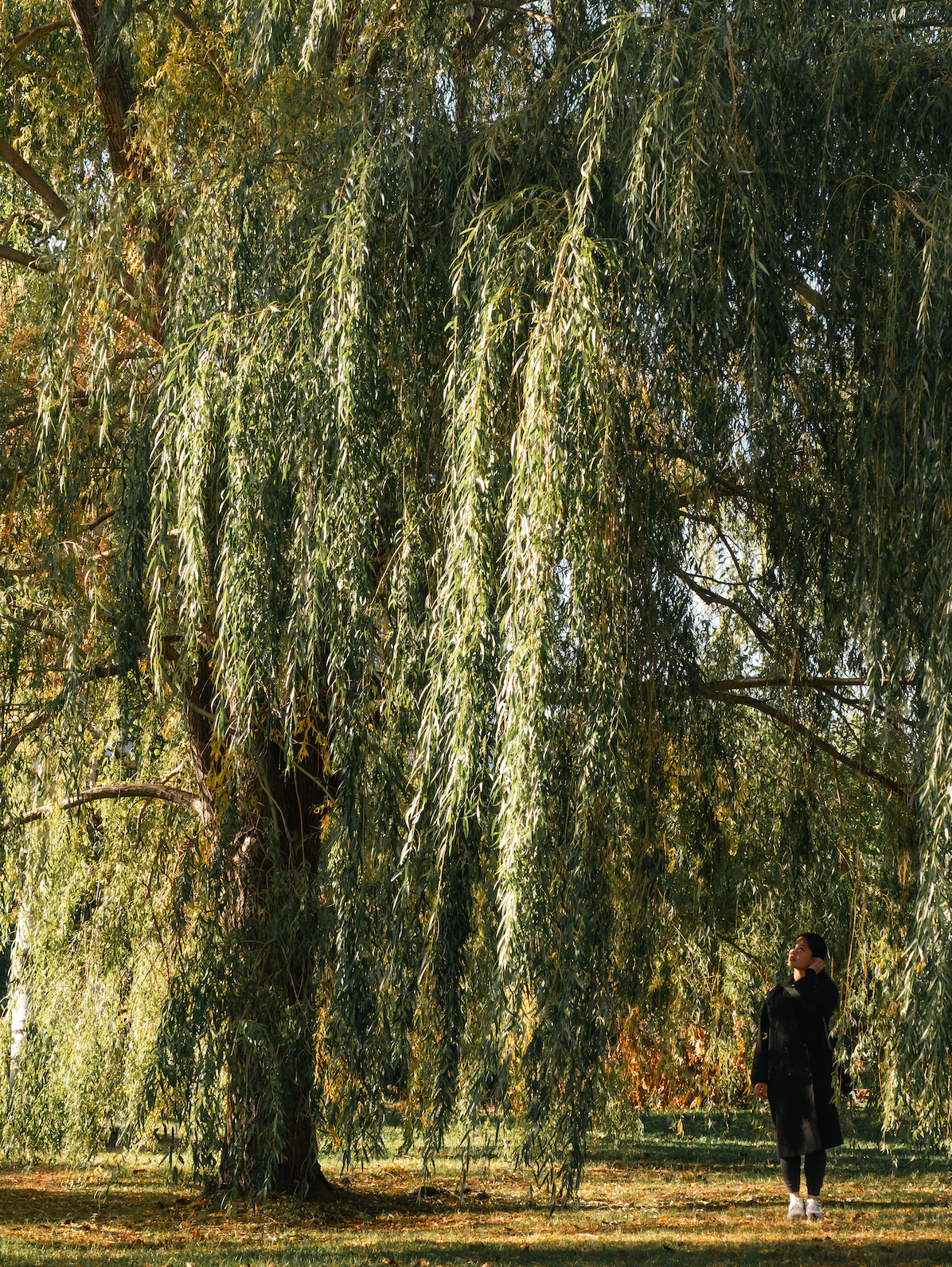During my time in Nairobi, I visited Kibera, one of the largest urban slums in Africa. Estimates of the population here vary widely, but one thing is clear: the density is staggering, with around 300,000 residents per square kilometer. For perspective, London has about 5,500 people per square kilometer, and New York around 11,300. Over a million people call Kibera home, living in cramped, challenging conditions.
Life in Kibera is tough. Most residents earn less than $2 a day, while unemployment and crime rates remain high. Basic necessities like water and electricity are controlled by local slum cartels, and when fires break out, residents are left to manage them as firefighters struggle to access Kibera’s narrow, muddy paths. But the people of Kibera aren’t looking for sympathy; they’re asking for opportunity.
Walking through Kibera’s winding alleys, I had the chance to visit Benta and her child’s home, tucked deep within the slum. The path to her house was challenging, winding through narrow, slippery alleyways, over wooden planks and muddy slopes. After a 20-minute walk, we arrived at her home – a humble 3x3 meter mud hut. Inside, a sheet divided the space: one side held a small bed and storage, while the other served as a living area and kitchen. This single room was a bedroom, living room, kitchen, and bathroom all in one. As the flickering light cast shadows around us, I tried to imagine what daily life here might feel like.
My visit to Kibera left me with a deep respect for the resilience and strength of its residents. In a world where so many of us take comfort and security for granted, the people of Kibera are working hard to build better lives under incredibly tough circumstances. This experience was a reminder of the power of opportunity and the strength of human spirit in the face of adversity.










